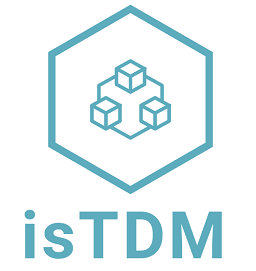Purpose:
“A Contextualized Vocabulary Model for identifying TD on code comments (CVM-TD). CVM-TD uses word classes and code tags to support TD identification. The model provides a structure that systematically allows combining terms creating a large vocabulary on TD. Thus, the proposed model broadens the patterns proposed by [11], since it focuses on how terms may be combined to identify different types of debt.” (Farias et al., 2015).
How this tecnology can be used?
According to Faria et al. (2015), “CVM-TD can be automated in order to quickly analyze developer’s comments embedded in source codes.” Thefore, to use CVM-TD is necessary to extract comments from the source code. To do it, a tool named eXcomment is required. The tool receives as input he source code and parses every .java file.
Prerequisite for use it: eXcomment tool. This tool can be accessed at: <<insert link here>>
Supported TD type(s): Architectural, Code, Design, Test, Build, and Service.
Supported TDM activity (ies): Identification
Source/Input Artifact(s): Source Code.
Project Context, Programming Language or Domain Application: Java Programms.
Evidence Type(s): Source(s): Case Study.
Reference:
